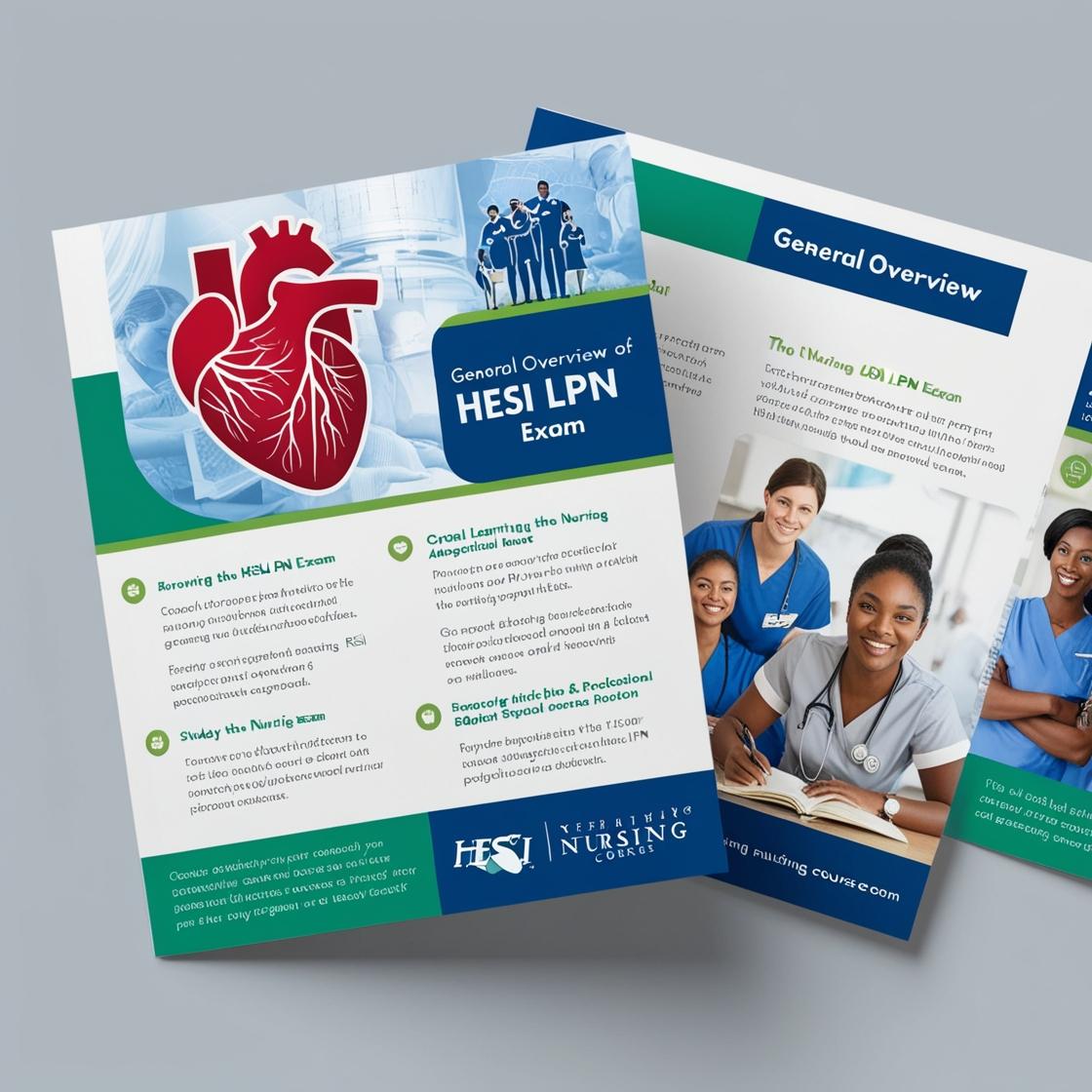HESI LPN
Leadership and Management HESI Quizlet
1. Which nonpharmacological technique involves the use of electronic monitoring equipment while the patient controls basic bodily mechanisms?
- A. Meditation
- B. Visualization
- C. Biofeedback
- D. Chiropractic
Correct answer: C
Rationale: The correct answer is C: Biofeedback. Biofeedback is a nonpharmacological technique that uses electronic monitoring equipment to provide real-time data on physiological processes such as heart rate, muscle tension, and skin temperature. Through this feedback, patients learn to control and regulate these bodily functions voluntarily. Choice A, Meditation, involves focusing the mind and reducing stress through techniques like mindfulness or deep breathing, but it does not specifically rely on electronic monitoring equipment. Choice B, Visualization, is a technique where individuals imagine peaceful scenes to promote relaxation and reduce anxiety, and it also does not involve electronic monitoring. Choice D, Chiropractic, is a healthcare profession that focuses on the diagnosis and treatment of musculoskeletal disorders through manual adjustments and manipulation, which is unrelated to the use of electronic monitoring equipment for controlling bodily functions.
2. A nurse is preparing to complete an incident report regarding a medication error. Which of the following actions should the nurse plan to take?
- A. Make a copy of the incident report for personal records
- B. Identify the medication name and dosage administered to the client in the report
- C. Obtain an order from the client's provider to complete the report
- D. Include the time the medication error occurred in the report
Correct answer: B
Rationale: The correct answer is to identify the medication name and dosage administered to the client in the incident report. This information is crucial for accurate documentation and investigation of the medication error. Choice A is incorrect because incident reports are usually kept confidential and not for personal keeping. Choice C is incorrect as obtaining an order from the client's provider is not necessary to complete an incident report. Choice D, while important, is not the only essential information needed for the incident report.
3. A nurse in a long-term care facility is caring for a client who reports the AP repositioned him in bed using excessive force. Which of the following actions should the nurse take?
- A. Document in the client's chart that an incident report has been filed.
- B. Contact the nurse manager.
- C. Reassure the client that the staff is well trained.
- D. Call risk management to interview the client.
Correct answer: B
Rationale: The correct action for the nurse to take in this situation is to contact the nurse manager. By doing so, the nurse can escalate the issue appropriately, ensuring that the incident is addressed and necessary actions are taken. Documenting in the client's chart that an incident report has been filed (Choice A) may be necessary but should not be the first step. Reassuring the client that the staff is well trained (Choice C) does not address the client's concern and the need for intervention. Calling risk management to interview the client (Choice D) may be premature at this stage and should be handled by the nurse manager first.
4. A client is in DKA, secondary to infection. As the condition progresses, which of the following symptoms might the nurse see?
- A. Kussmaul's respirations and a fruity odor on the breath
- B. Shallow respirations and severe abdominal pain
- C. Decreased respirations and increased urine output
- D. Cheyne-Stokes respirations and foul-smelling urine
Correct answer: A
Rationale: In diabetic ketoacidosis (DKA), as the condition progresses, the body tries to compensate for the acidic environment by increasing the respiratory rate, leading to Kussmaul's respirations. The accumulation of ketones in the body causes a fruity odor on the breath. Option A is correct because Kussmaul's respirations and a fruity odor on the breath are classic signs of DKA. Option B is incorrect because shallow respirations are not typically seen in DKA, and severe abdominal pain is more commonly associated with conditions like pancreatitis. Option C is incorrect as decreased respirations are not a typical finding in DKA, and increased urine output is more commonly seen in conditions like diabetes insipidus. Option D is incorrect because Cheyne-Stokes respirations are not characteristic of DKA, and foul-smelling urine is not a prominent symptom in this condition.
5. Select the ethical principles that are paired with their descriptions. Select the one that does not apply.
- A. Justice: Being honest and fair
- B. Beneficence: Doing good
- C. Veracity: Truthfulness
- D. Self-determination: Facilitating patient choices
Correct answer: C
Rationale: The correct answer is C. Veracity is the principle of truthfulness, not treating all patients equally. Choice A is correct as Justice involves being honest and fair. Choice B is correct as Beneficence is about doing good. Choice D is correct as Self-determination is about respecting and facilitating patient choices.
Similar Questions

Access More Features
HESI LPN Basic
$69.99/ 30 days
- 50,000 Questions with answers
- All HESI courses Coverage
- 30 days access @ $69.99
HESI LPN Premium
$149.99/ 90 days
- 50,000 Questions with answers
- All HESI courses Coverage
- 30 days access @ $149.99
